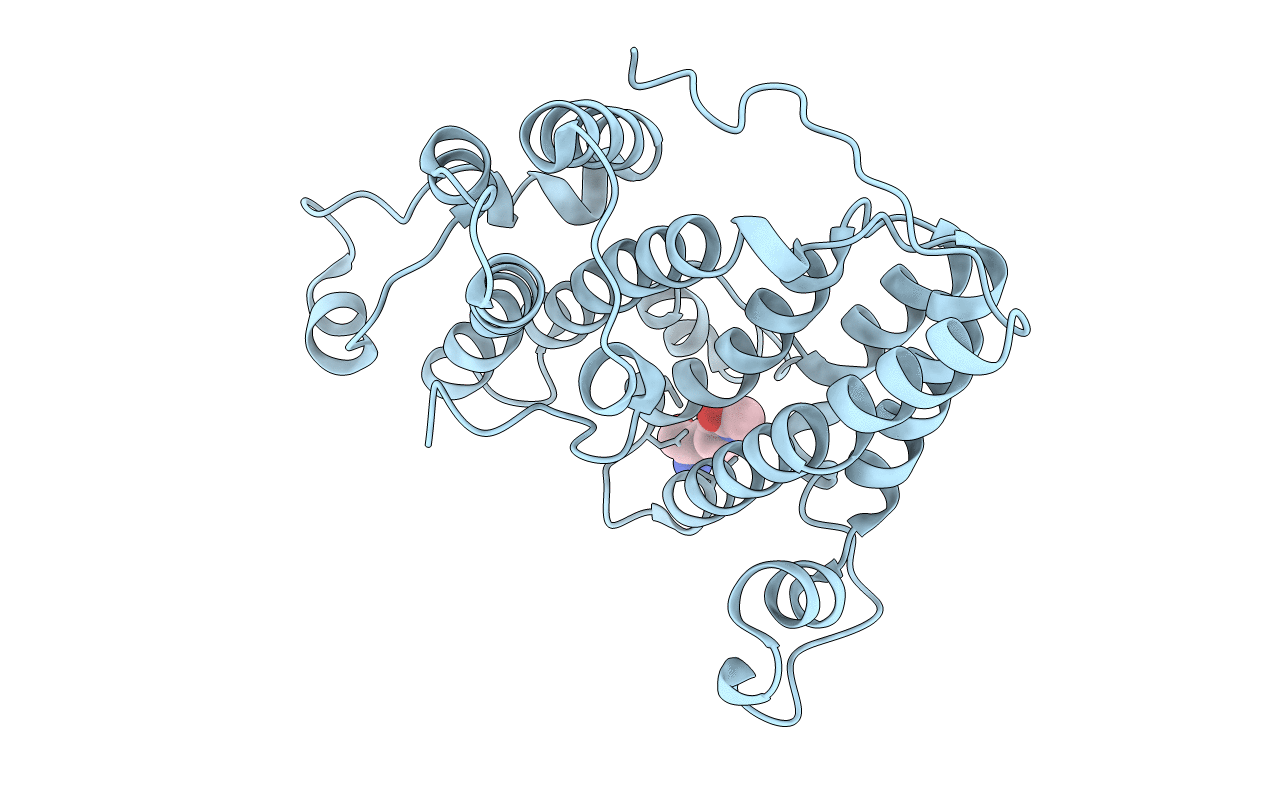
Deposition Date
2007-08-21
Release Date
2007-10-30
Last Version Date
2024-10-16
Entry Detail
PDB ID:
2R0Y
Keywords:
Title:
Structure of the Rsc4 tandem bromodomain in complex with an acetylated H3 peptide
Biological Source:
Source Organism:
Saccharomyces cerevisiae (Taxon ID: 4932)
Host Organism:
Method Details:
Experimental Method:
Resolution:
1.75 Å
R-Value Free:
0.21
R-Value Work:
0.18
R-Value Observed:
0.18
Space Group:
H 3 2


